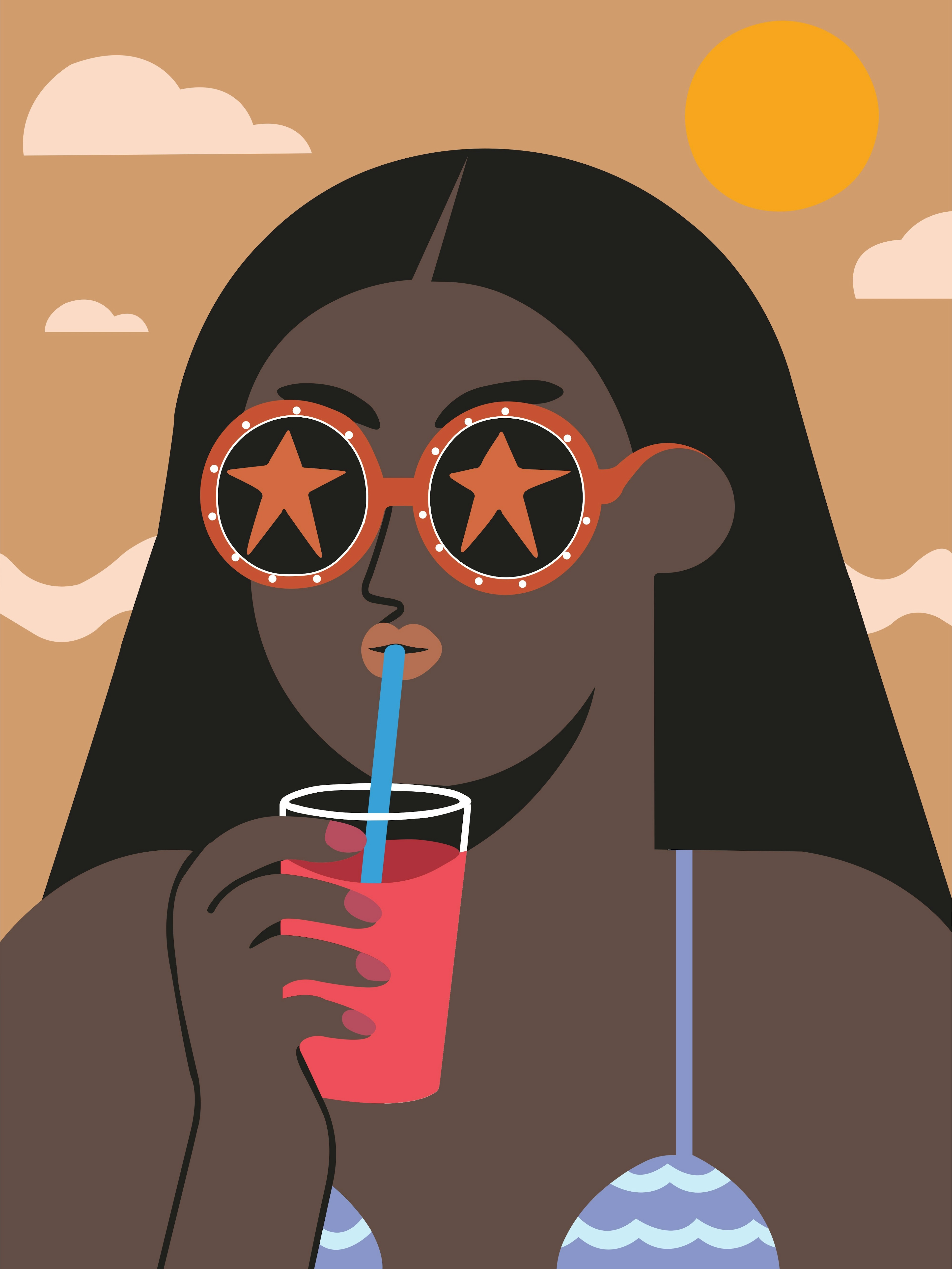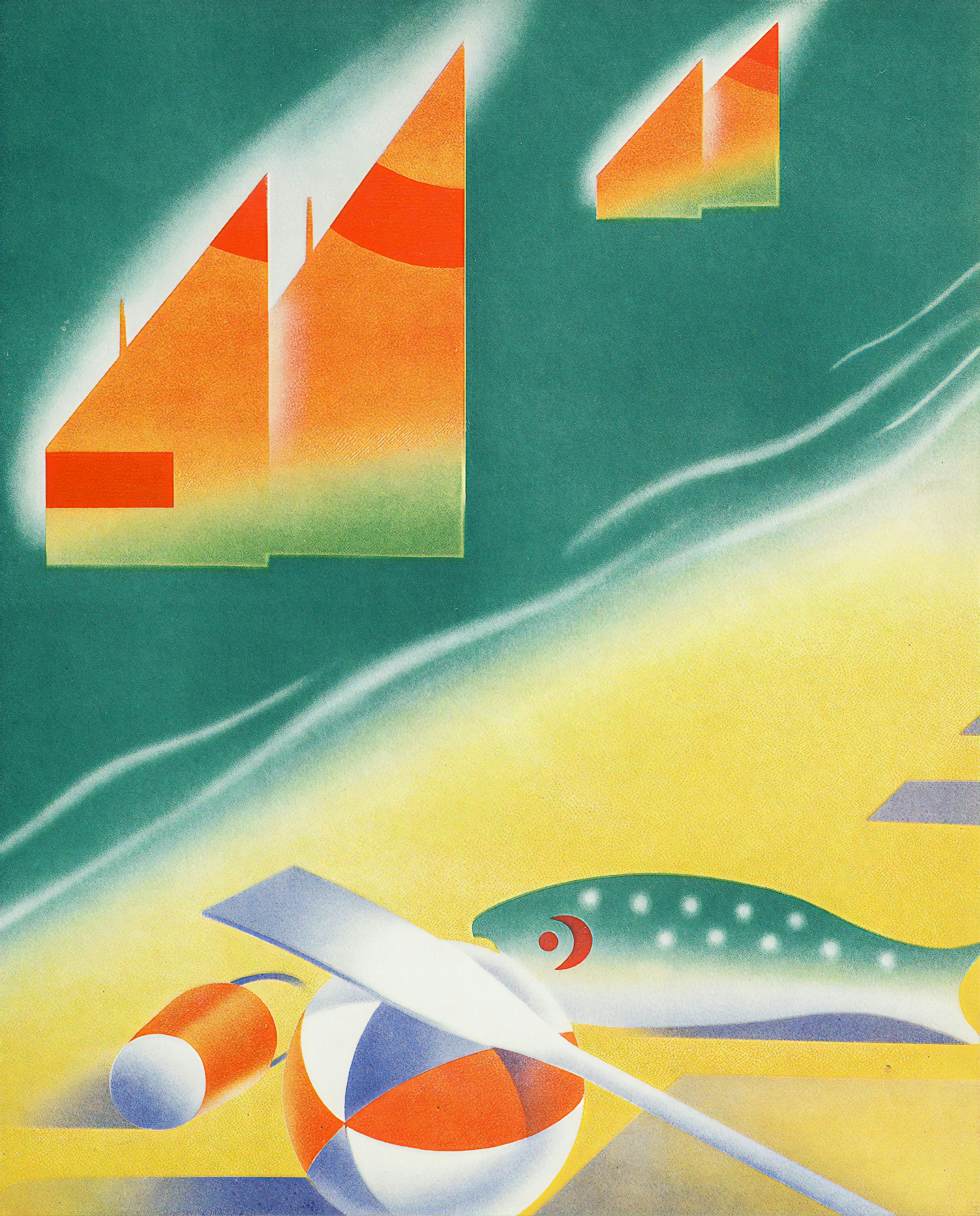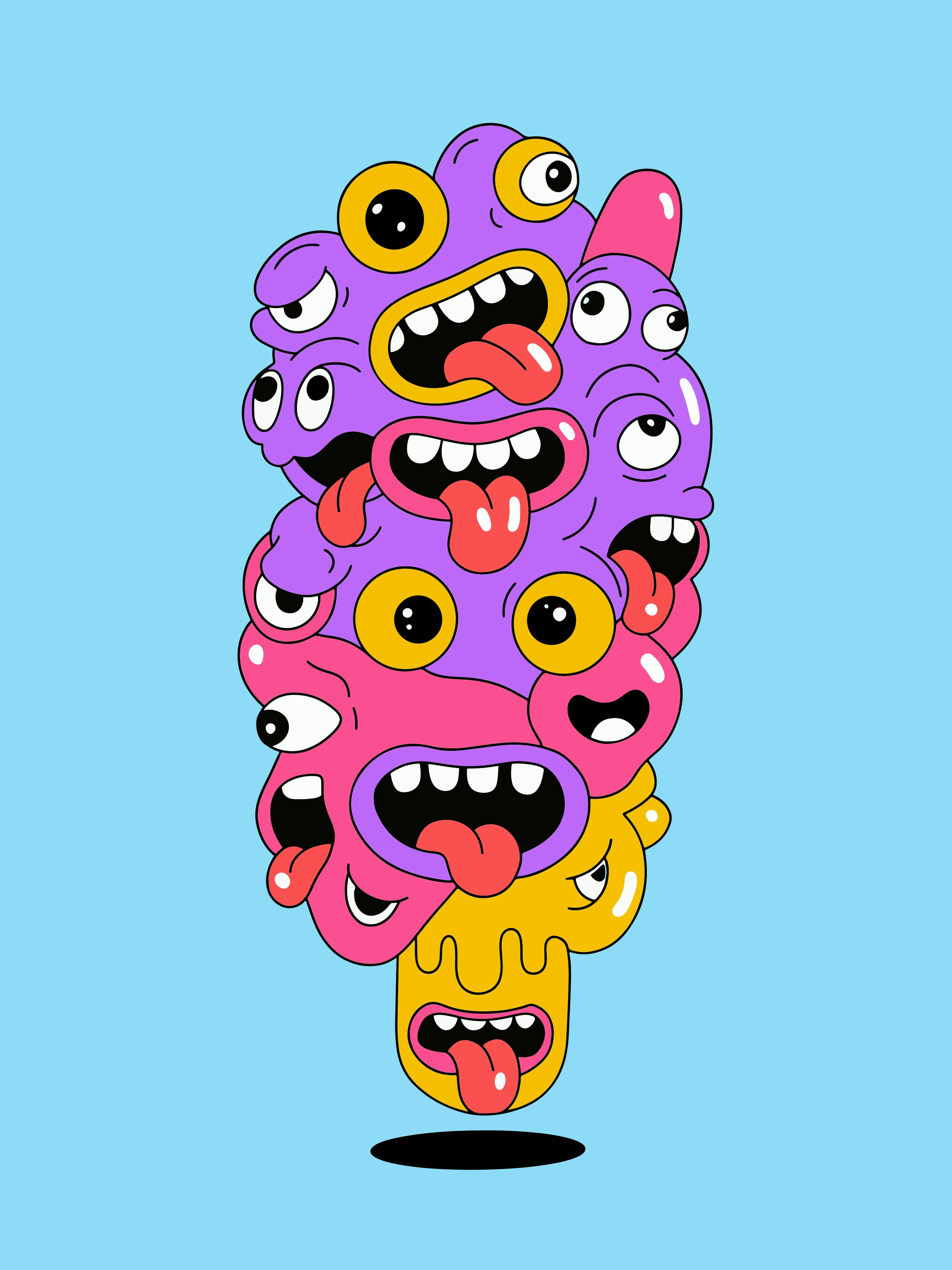Illustrators Rising: Trends for 2025 & Beyond

1. Neo-Traditionalism
A resurgence of traditional media (ink, watercolour, pencil) with a modern twist. Artists are mixing tactile imperfections with digital finishes for a hybrid aesthetic.
- Think: visible brush textures, scanned sketchbook pages, and analogue/digital mashups.
- Influencers: Owen Gent and Victo Ngai.
2. Maximalist Psychedelia
Hyper-colourful, detailed compositions drawing on retro 70s aesthetics, infused with surreal and dreamlike themes. A visual antidote to the minimalist era.
- Use: Editorial work, album art, and fashion campaigns.
- Popular on: Instagram, Behance, and indie publications.
3. AI–Human Collaboration
More illustrators are integrating AI tools like Midjourney, DALL·E, and Photoshop’s generative features—not to replace, but to brainstorm, texture, and iterate faster.
- Impact: Speeds up workflows and encourages experimental visuals.
- Ethical Note: There's growing emphasis on transparency and ethical sourcing.
4. Motion Illustrations & Loops
Micro-animations and seamless GIF loops are booming, especially in social content and UX/UI design. Static images are giving way to lightweight, animated expressions.
- Toolkits: Procreate Dreams, After Effects, Spine.
Upcoming Trends (Late 2025 – 2026)

1. Post-AI Authenticity
As generative AI floods the market, unique human expression and unmistakably handmade visuals will become premium. Raw, imperfect, and deeply personal art will be celebrated.
- Expect: Zine-inspired aesthetics, expressive linework, and collage.
2. 3D Illustration Meets Flat Design
Artists will blend 3D objects (created in Blender, Spline, or Nomad Sculpt) with flat vector styles, offering depth and interactivity without going full hyperrealism.
- Watch: Interactive websites, AR experiences, product packaging.
3. Cultural Reclamation & Identity Art
Illustration will continue to be a powerful tool for cultural storytelling, with a rise in regional, indigenous, and identity-focused narratives.
- Key drivers: More brands seeking authentic, localised perspectives.
- Collaborations: Between illustrators and historians, anthropologists, or community groups.

4. Eco-Visualism
As climate urgency grows, illustration will lean into visual storytelling that advocates for sustainability—organic motifs, earthy palettes, and activist-driven messaging.
- Usage: Nonprofits, conscious brands, public installations.
Pro Tips for Illustrators Navigating 2025–2026
- Build a Hybrid Skill Set: Combine drawing with motion, 3D, or interactivity to stay versatile.
- Create With Intention: In a saturated visual landscape, originality and voice will cut through the noise.
- Be Platform-Savvy: Experiment with emerging platforms (like spatial computing apps and wearable interfaces).
- Network Authentically: Collaborations and community-driven projects will matter more than follower count.
Final Thoughts
The illustration landscape for 2025–2026 will be shaped by tension—between the human and the machine, the digital and the physical, the personal and the global. But at its heart, it remains a space for visual poetry, rebellion, and storytelling.
Illustrators who embrace experimentation, remain culturally aware, and honour their unique voice will thrive in this new era.



